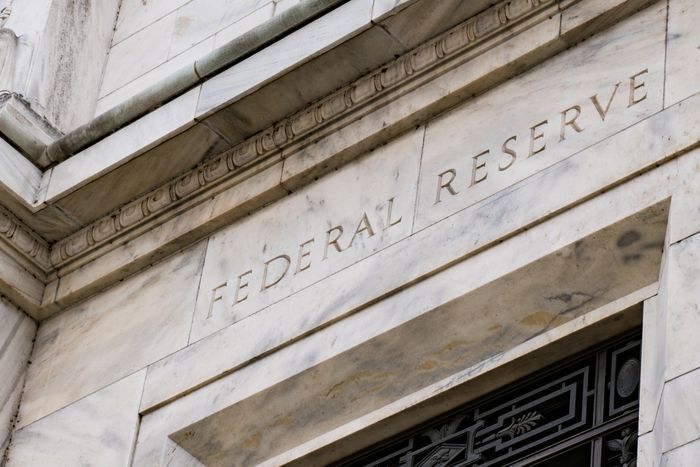
Monetary Policy & Inflation | US

Monetary Policy & Inflation | US
This article is only available to Macro Hive subscribers. Sign-up to receive world-class macro analysis with a daily curated newsletter, podcast, original content from award-winning researchers, cross market strategy, equity insights, trade ideas, crypto flow frameworks, academic paper summaries, explanation and analysis of market-moving events, community investor chat room, and more.
As expected, the Fed cut 25bp. There were two dissents: Governor Miran favoured a 50bps cut, and KC Fed President Schmid wanted no cut.
Powell’s presser was more hawkish than I expected. He tried to get markets to reprice the risk of a December cut, almost fully priced before the FOMC, but met with only limited success.
Powell was keen to restore policy optionality, as there is no FOMC consensus on a December cut, which reflects in part recent data developments:
At the same time, Powell painted a benign inflation picture. The Fed estimates that September core PCE was 2.8%, “a bit softer than expected”, with the impact of the tariffs accounting for 40 to 50 bps. Powell expects housing disinflation to continue and noted that a significant part of supercore inflation is driven by inputted prices from non-market services such as portfolio management. Those are not driven by demand pressures.
Powell had only limited success in getting markets to lower the risk of a December cut. From 90% before the FOMC, the risk went down to 60% during the presser but subsequently recovered to 80% as of this writing (9pm EST).
Market reaction makes sense to me as Powell essentially said that, excluding tariffs, inflation is within striking distance of the target. Furthermore, actual tariffs are much lower than announced ones and actually fall within Governor Waller low tariff scenario (Chart 3). The Fed is also likely underestimating the downside risks to employment, possibly because layoff news came out very close to or during the FOMC meeting.
Unless the data shows a marked pick up in employment, growth or inflation, I expect the market to continue to price a December cut, and the Fed, since it is data driven, to eventually follow the market.
As expected, the Fed announced the end of QT. The Fed intends to hold the size of its balance sheet constant starting December 1st. It will do so by ending the Treasuries runoff and by fully reinvesting the proceeds of the MBS runoff, about $15bn a month, in TBills. Reserves will continue to contract as other liabilities, especially money, expand (currency grows at about a $5bn monthly clip).
Powell did not mention it but the Treasury General account is currently $900bn, $50bn above the Treasury target of $850bn. Should the Treasury bring the TGA down to target, reserves could expand, though this would have only limited market and policy impact (Table 1).
If the Treasury does not bring down the TGA, reserves will decline further which runs the risk of spikes in the RP and FFR. The Fed may have decided to keep liquidity tight for a while longer in order to encourage banks to make use of its Standing Repo Facility.
| Chart 1: Growth Expectations are Up | Chart 2: HHs in Good Shape on Average |
|
|
|
| Chart 3: Actual Tariffs Only About 10% | Table 1: QT to End Dec. 1st |
|
|
|
I continue to expect one more 2025 cut, in line with markets (they price about 70% probability), and three 2026 cuts, more than market expectations (about 2.7 cuts).
Spring sale - Prime Membership only £3 for 3 months! Get trade ideas and macro insights now
Your subscription has been successfully canceled.
Discount Applied - Your subscription has now updated with Coupon and from next payment Discount will be applied.